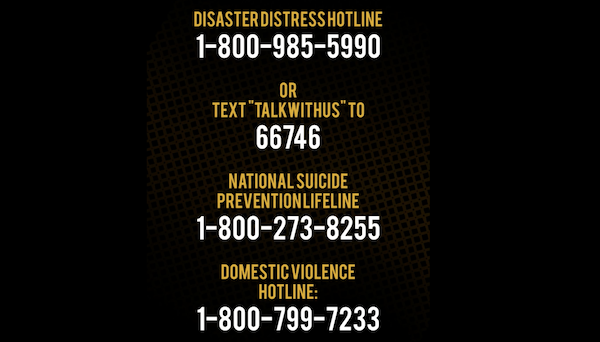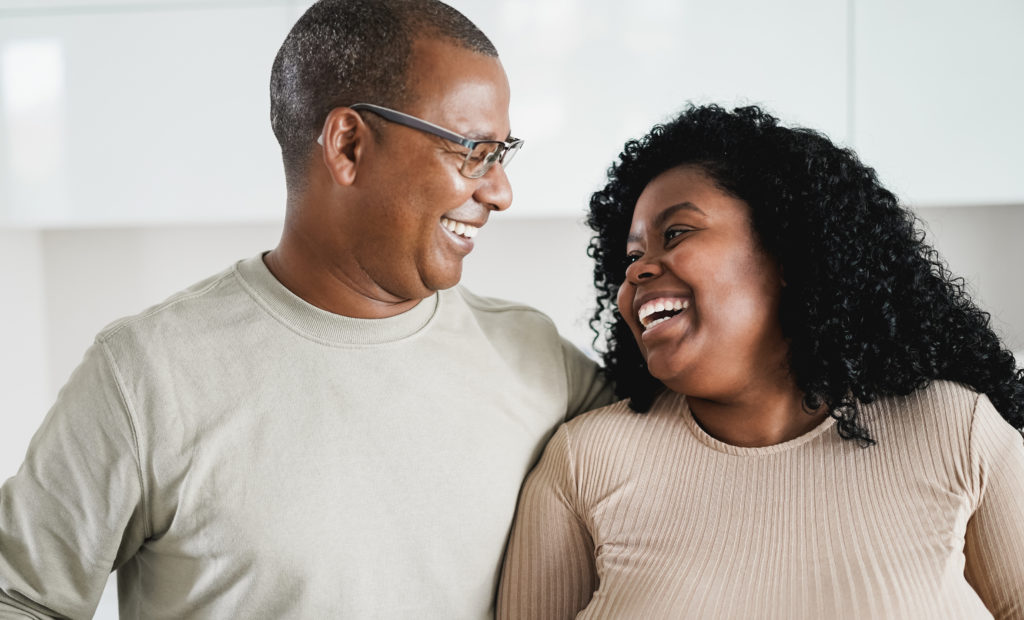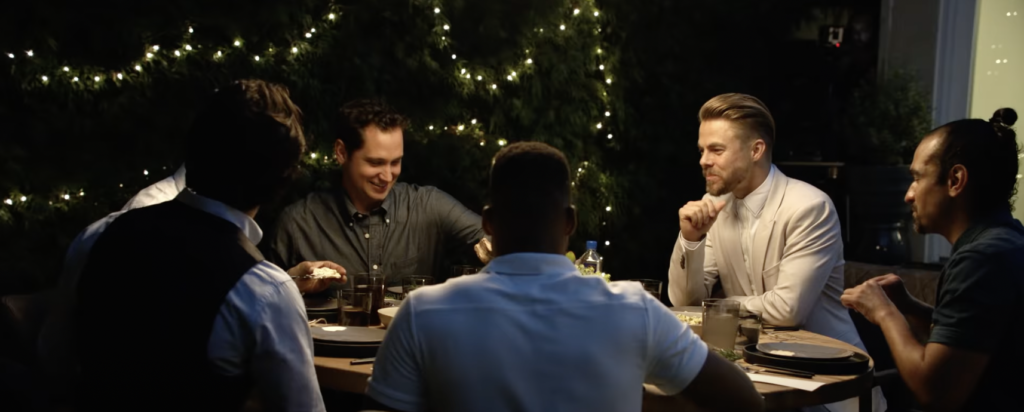Despite all the coming & going madness and sadness of September, there’s one thing that shouldn’t be going anywhere — suicide prevention awareness.
While it’s good to have a week, even a month, dedicated to this ongoing struggle, it’s not enough. Not even close.
For the longest time, messages surrounding suicide and suicidal thoughts have been ones of “affliction” for the “mentally disturbed.” It seemed as distant as it did foreign.
“It may be someone you know,” they’d say, as if it were a rare bird you only see in particular regions at specific times of the year. But this is no Madagascar Pochard, folks, it’s not the spotted owl of sicknesses. It’s here often as the sun and the moon, a daily struggle everywhere you turn. And it’s only getting worse.
In August 2020, the CDC reported that nearly 1 in 4 young Americans were having suicidal thoughts in the previous 30 days alone. One in four. That’s just between the ages of 18 and 24, while the US population, in general, was running close to 11 percent, along with Black and Hispanic adults closer to 20 percent. With more than 300 million people in America, that’s a lot of very dark thoughts.
This kind of prevention and awareness, however, isn’t the same as tipping your cap and dropping loose change to the Salvation Army bell ringers at Christmas, sorry to say. It’s relentless and it’s pernicious, and that’s before people were disconnected from their lives, stuffed inside their homes with no work, no insurance, and a deadly virus strolling the streets. As the division, frustration and polarization of this American life expands, so does its anxiety, which is seeing its highest recorded numbers in history, a one-way road to the same dark place for many.
In 2018, the National Institute of Mental Health reported suicides had gone up 35 percent in the last 20 years, and men had nearly four times the rate as women, more than 48,000 in total for just one year.

Quick Anecdote
I grew up in a small midwestern suburban Pleasantville where nothing bad ever happened — one time there was a robbery — and the biggest concern of the police was what the teenagers in the local Hardee’s parking lot were up to. It wasn’t until I left and came back that I could see what was wrong with it — the illusion of perfection.
So many people living for themselves, scared of anything different, giving back to very “white” causes and judgmental of anyone who struggled. Never once did I see a homeless man walk the streets. Some might call that safe suburbia, but all I see now is a facade that looks down on diversity.
It wasn’t until I left for Arizona to finish college that I got a good glimpse of the world, and after several downhill moments around a couple dark curves, I knew what anxiety, depression, being perpetually lost and hopeless felt like. There were moments I didn’t think I could make it back up from where I’d fallen, and several times I didn’t see the point in trying. It’s easy to get trapped in a place where you find it impossible to see to the other side of where we’re at, but a lot of people still get their mail there (that’s to say, it’s a permanent address for many).
But it was in reaching out and speaking extremely openly and honestly that I found countless others who’d been stuck in the same holes I’d been in, a little too deep to climb and not enough light to see another way out. It’s dark and it’s scary and had it not been for the courage to put myself out there, to write about it, maybe I’d still be there.
How to Help
Many people are still there, much deeper than I could ever imagine. Maybe they don’t have the supportive family I have, the caring friends who know when something is wrong and have the decency to hold out a hand, the community, the good health, the advantages I’ve had. Take those away, and I’d be drifting far from shore with plenty of proverbial water in my lungs.
We are each other’s life rafts. If you find yourself floating by someone who looks like they’re drowning, reach out.
In a time when the curation of this perfect illusion is the top trend of social expression — everything is all good all the time, really? — it’s our job to speak up and notice others struggling, whether we’re walking down the street or doom-scrolling our way to sleep. When the pandemic began, many of us were quick to play catch-up with those we’ve lost touch with. But maybe that shouldn’t just be when things are bad for you. Because many of us will find our next “normal,” but there will still be those suffering, and now more than ever, we all could use a thoughtful touch.
It’s OK to not be OK — not everyone hears that enough — and it’s in voicing it that within our tiny communities that we gather together around the idea that we’re all in this together.
So how will you help someone today? Who will you write? Who’s going to get an unexpected video call from you this weekend? Whether you know it or not, there’s always a dark side of the Zoom that’s hard to see.

Check out our Man Enough episode on anxiety below.
https://www.instagram.com/tv/CBd3kQvJTgf/?utm_source=ig_embed



